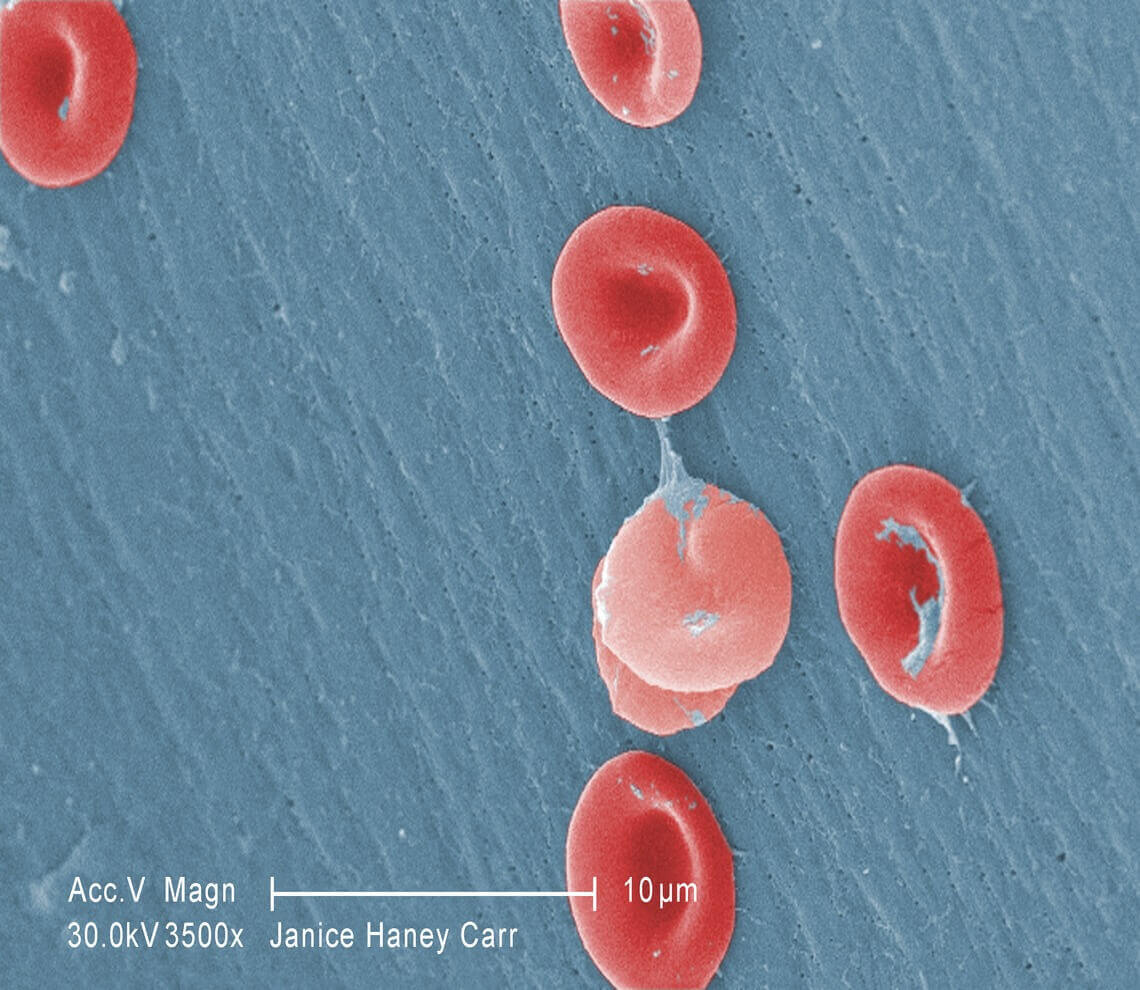- Our Suppliers
- MBS Monoclonals
- Lck, p56, (Non-receptor Protein Tyrosine Kinase) Antibody
Product short description
Price:
558 EUR
Size:
100ug
Catalog no.:
GEN605292
Product detailed description
Concentration
N/A
Immunoglobulin isotype
IgG1
Clone
6A428
French translation
anticorps
Also known as
Lck, p56,
Category
Antibodies
Clonality
Monoclonal
Gene name
N/A; LCK; N/A; N/A
Gene name synonims
N/A; LCK; N/A; N/A
Other gene names
N/A; LCK; N/A; N/A
Source organism
Human (Homo sapiens)
Subcategory
Mnoclonal antibodies
Host organism
Mouse (Mus musculus)
Purification method
Affinity Purified by Protein A affinity chromatography.
Form/Appearance
Supplied as a liquid in PBS, pH 7.4, 1% BSA, 0.09% sodium azide.
Tested applications:
Western Blot (WB), Immunoprecipitation (IP), Immunohistochemistry (IHC), Flow Cytometry (FC/FACS)
Other names
Lck tyrosine kinase; Proto-oncogene tyrosine-protein kinase LCK; N/A; N/A; Lymphocyte cell-specific protein-tyrosine kinase; p56-LCK
Properties
If you buy Antibodies supplied by MBS Monoclonals they should be stored frozen at - 24°C for long term storage and for short term at + 5°C.
Species reactivity
Mouse (Mus musculus); Due to limited knowledge and inability for testing each and every species, the reactivity of the antibody may extend to other species which are not listed hereby.
Specificity and cross-reactivity
Recognizes p56 lck (Lck), a 56kD cytosolic non-receptor protein tyrosine kinase that is primarily expressed in T lymphocytes and natural killer cells. ; Since it is not possible to test each and every species our knowledge on the corss reactivity of the antibodies is limited. This particular antibody might cross react with speacies outside of the listed ones.
Storage and shipping
Store the antibody at +4 degrees Celsius for short term storage.. For long-term storage and to avoid repeated freezing and thawing, aliquot and add glycerol (40-50%). Freeze the antibody should be stored at -20 degrees Celsius.. Aliquots are stable for at least 12 months the antibody should be stored at -20 degrees Celsius.. For maximum recovery of product, centrifuge the original vial after thawing and prior to removing the cap. Further dilutions can be made in assay buffer.
Description
The receptors are ligand binding factors of type 1, 2 or 3 and protein-molecules that receive chemical-signals from outside a cell. When such chemical-signals couple or bind to a receptor, they cause some form of cellular/tissue-response, e.g. a change in the electrical-activity of a cell. In this sense, am olfactory receptor is a protein-molecule that recognizes and responds to endogenous-chemical signals, chemokinesor cytokines e.g. an acetylcholine-receptor recognizes and responds to its endogenous-ligand, acetylcholine. However, sometimes in pharmacology, the term is also used to include other proteins that are drug-targets, such as enzymes, transporters and ion-channels.
© Copyright 2016-Tech News . Design by: uiCookies

